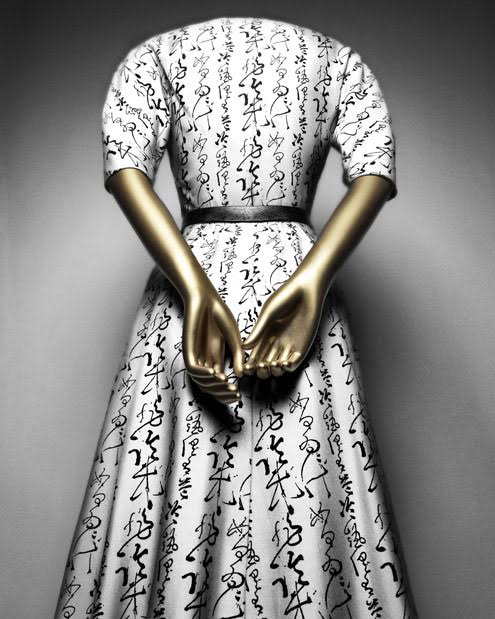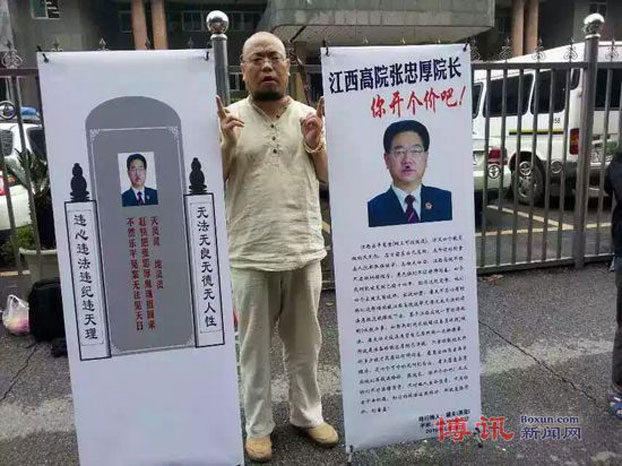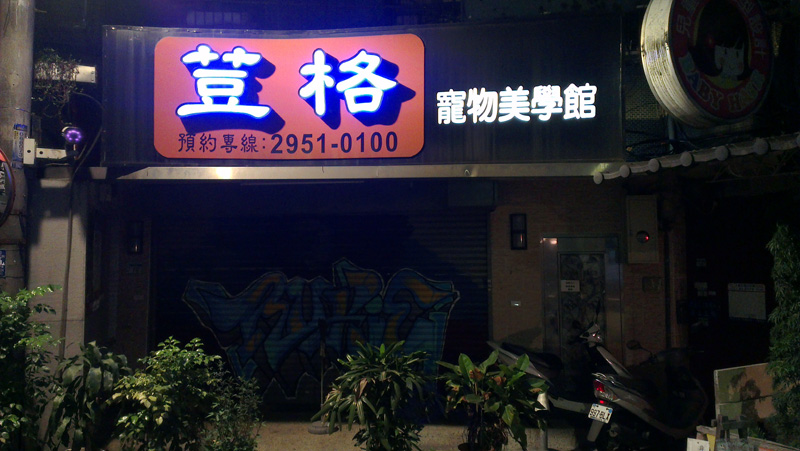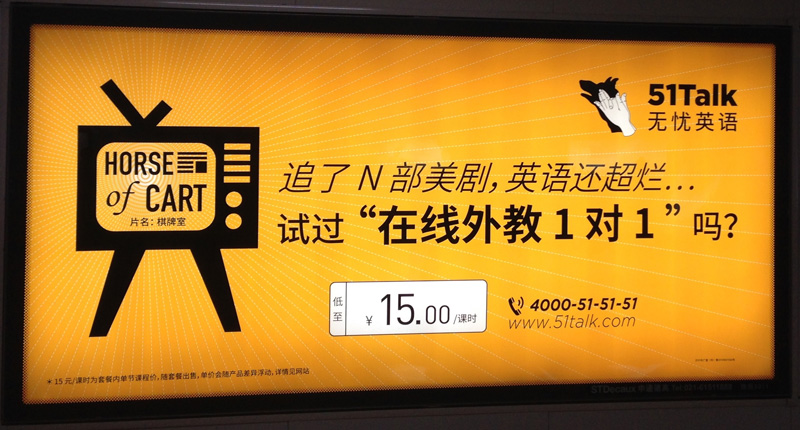Lhomond
One of the small streets near where I'm staying for a couple of months is the Rue Lhomond, which the street signs tell me is named for a grammarian, Charles François Lhomond (1727-1794). Since I pass the intersection every day on my way to the LPP, I've been curious about what this grammarian's grammar was like. And Gallica offers his Élémens de la Grammaire Françoise (1780), which begins like this:
La Grammaire est l'art de parler & d'écrire correctement. Pour parler & pour écrire on emploie des mots : les mots sont composés des lettres.
Il y a deux sortes de lettres, les voyelles et les consonnes.
Les voyelles sont a , e , i , o , u , & y. On les appelle voyelles, parce que, seules, elles forment une voix, un son.
Il y a trois sortes d'e ; e muet, e fermé, e ouvert.
Grammar is the art of speaking and writing correctly. To speak and to write one uses words : words are made up of letters.
There are two kinds of letters, vowels and consonants.
The vowels are a , e , i , o , u , & y. We call them vowels, because, alone, they form a voice, a sound.
There are three kinds of e ; mute e, closed e, open e.
Read the rest of this entry »







